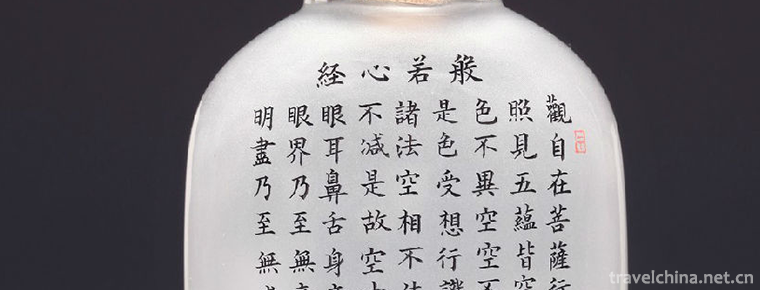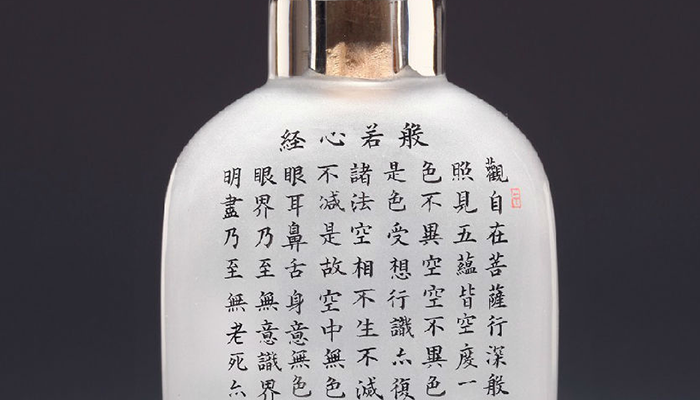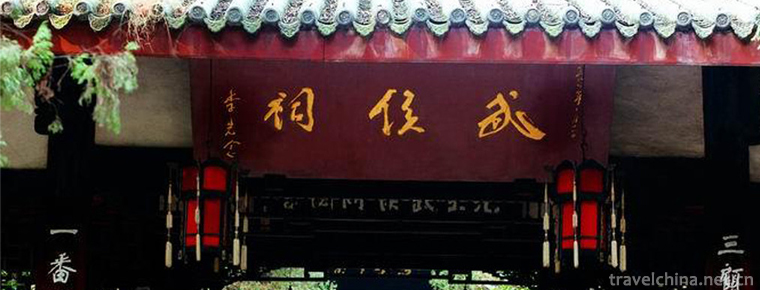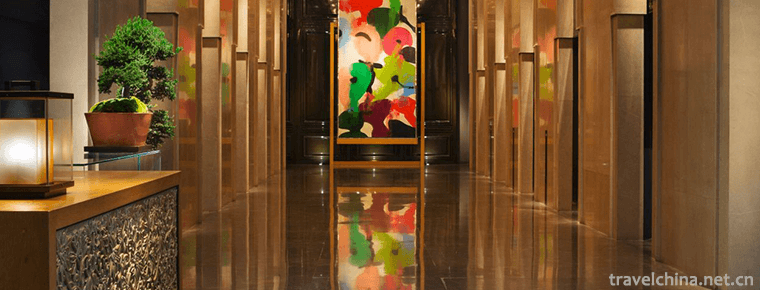2018-09-29

- By ChinaWiki.net
- Chinese Edition
- 2019-06-07
a bottle with painted designs
Internal painting is a unique traditional craft in China. It originated from snuff bottle painting. The interior painting method is a special deformed fine brush, in glass/crystal, amber and other materials of the pot billet, hand-painted delicate pictures, elegant style, exquisite brush strokes. Modern interior painting art originated from the Beijing School and is divided into five schools: Beijing, Hebei, Shandong, Guangdong and Qin. Among them, the Hebei School interior painting has the largest scale, the fastest development and the greatest influence. It has recently been selected into the national intangible cultural heritage protection list. Hengshui, the birthplace of the Hebei School interior painting, is also named "the hometown of Chinese interior painting" by the Ministry of Culture.
Interior painting, also known as interior painting snuff bottle, is a unique traditional craft in China. Its production is inseparable from the success of highly transparent glass refining and cutting technology. The art of internal painting is divided into four schools: Beijing, Hebei, Shandong and Guangdong. It is the first batch of intangible cultural heritage of the country.
On June 7, 2008, the painting was approved by the State Council and listed in the second batch of national intangible cultural heritage list.
origin
Legend has it that during Jiaqing and Daoguang years, a small official from other places went to Beijing to report his duties and lodged in a temple. As snuff was almost exhausted, he used a cigarette stick to scrape the remaining snuff from the cigarette pot. A monk in the temple saw many scratches left on the inner wall of the pot by the tobacco stick, which had a strong sense of lines in traditional Chinese painting, so he expanded it into the art of interior pot painting.
However, according to expert textual research, the inventor of the inner painting pot was not a monk, but a young painter in the South during the Jiaqing period of the Qing Dynasty. He poured small steel balls, quartz sand and a small amount of water into the pot to shake, grind out fine lines on the inner wall to make the paint easy to adhere to, and then dipped the color with a bamboo pen with a hook, and painted the inner wall in reverse. This painter is Gan Huan Wen. The earliest internal painting pot of Gan Huan was made in 1816. According to legend, he dropped out in 1860.
1880-1930
Beijing Famous Family (Beijing School): Zhou Leyuan Di Zhongma Shao Xuan Yan, Yutian Ye Zhongsan Birong Nine
1930-1960
Beijing Famous Family (Beijing School): Ye Zhongsanye Xiaofeng Ye Tanqi
Shandong Famous Family (Lu School): Bi Rongjiu (after 1900 in Shandong Province) Zhang Wentang Xue Jingwan
Guangdong Famous Family (Guangdong School): Wu Songling
1960-1980
Beijing Famous Family (Beijing School): Ye Xiaofeng, Ye Yingqi Wang Xisan (after 1967 in Hengshui, Hebei Province), Liu Shouben, Ye Shuying and Ding Guiling
Shandong Famous Family (Lu School): Zhang Wentang, Xue Jingwan, Li Kechang, Chen Dongshun, Wang Jiquan, Zhang Guangzhong
Guangdong Famous Family (Guangdong School): Wu Songling Lai Yining
Hebei Famous Family (Ji School): Wang Xisan
1980-2000
Beijing Famous Family (Beijing School): Liu Shouben, Ye Shuying and Ding Guiling
Shandong Famous Family (Lu School): Zhang Guangqing, Wang Xiaocheng, Wang Guangming, Li Huitong and Li Huiting
Guangdong Famous Family (Cantonese School): Lai Yining
Hebei Famous Family (Hebei School): Hengshui: Wang Xisanwang, Wang Baichuan, Wang Guanyu, Chen Runpu, Fu Guoshun, Huangshuangshui, Wang Chunguang, Lu Jianguang
Shijiazhuang: Wang Qiandong, Xue Liu Yizi
Xi'an Famous Family (Qin School): Zhang Tieshan
Master Class 2000-present (Information of the Spring 2015 Meeting of the International Chinese Snuff Bottle Association)
Beijing Famous Family (Beijing School): Liu Shouben
Shandong Famous Family (Lu School): Zhang Guangqing
Guangdong Famous Family (Cantonese School): Lai Yining
Hebei Famous Family (Ji School): Wang Xisan
Xi'an Famous Family (Qin School): Zhang Tieshan

Ask a Question
Your email address will not be published.



0 Questions